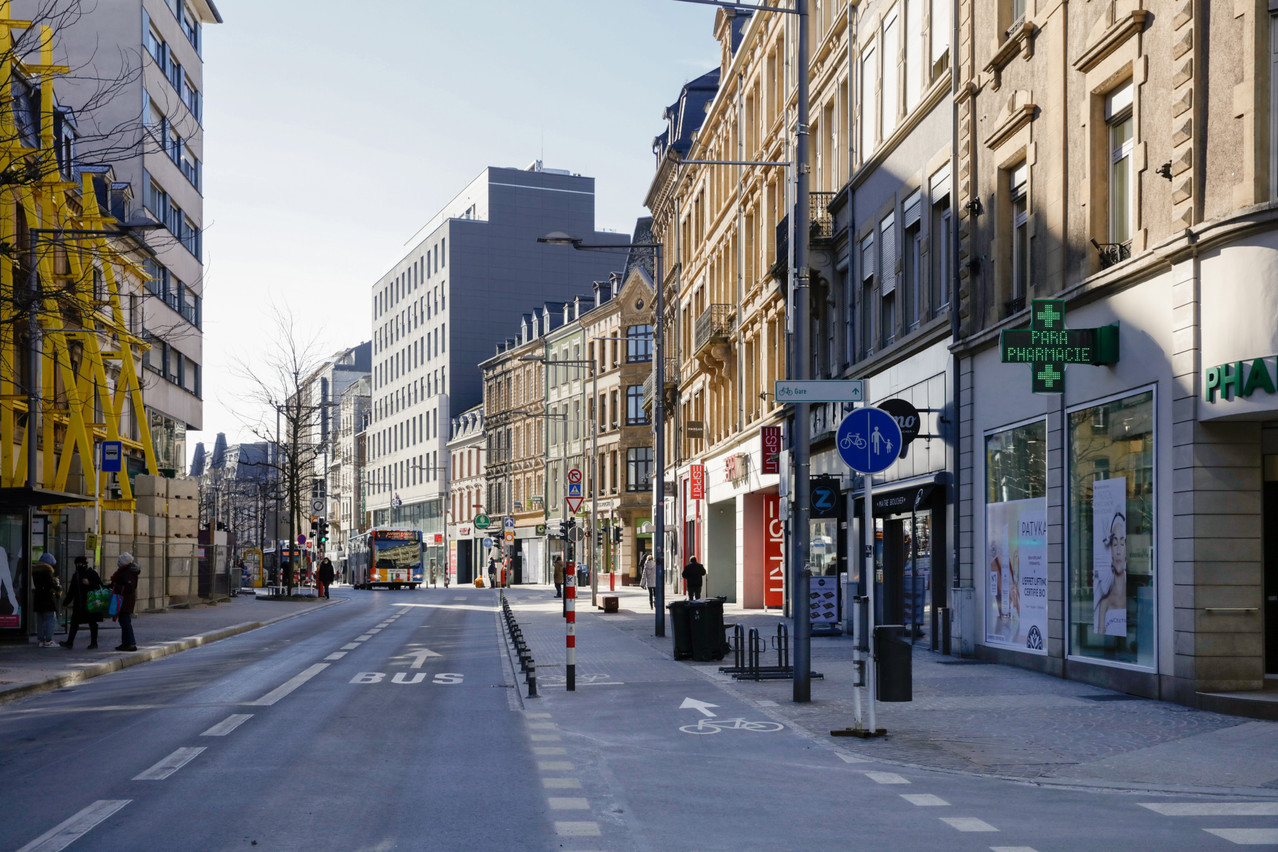Several theories have been debated regarding the shape of the economic recovery as the grand duchy eremrges from the covid-19 pandemic. But it seems as though the recovery is likely to be V shaped.
1,765 applications for short-time work were approved in July, a drop of 52% compared to June. This represents the lowest rate since the introduction of this mechanism at the beginning of the health crisis. At present, a total of 17,144 full-time employees remain on the scheme, compared to 27,030 the previous month.
The Idea Foundation's "Scoreboard", which takes into account some twenty or so economic indicators, shows a V-shaped economic recovery. Over the last three months, estimates for all sectors (excluding the financial sector) are up and indicators are trending towards the positive.
"Most of the economic indicators show a recovery, which was made possible by the lifting of health restrictions at the end of spring and by the evolution of the vaccination programme", said Vincent Hein, economist at the Chamber of Commerce think tank.
This can also be seen in the latest growth figures. In the first quarter of 2021, Luxembourg's GDP increased by 1.4% compared to the previous quarter. Compared to the first quarter of 2020, it is even up by 4.9%. It should be noted that Statec expects GDP growth of 6% for this year and 3.5% in 2022. The most optimistic scenario even suggests that GDP growth will reach 7.7%, while the most pessimistic is for just 4.8% growth,
Another indicator marking a V-shaped recovery is mobility. Journeys, be they for leisure, food or work, are at their highest since the beginning of the health crisis. While commuting between home and work remains 8% below its pre-crisis level, there is a clear upward curve, indicating a gradual shift away from teleworking.
Threats remain
The big uncertainty concerns the level of bankruptcies. 135 bankruptcies were recorded last June, a fall of 18.6% compared to the previous month. The monthly average over 12 months is 108 bankruptcies, a level similar to that before the crisis. "It will be important to monitor this indicator over the coming months," said Narimène Dahmani, an economist at the Idea Foundation.
She even asks what would be the impact if the wave of bankruptcies did not happen? “Before the crisis, there were already companies in difficulty that kept their heads above water thanks to [state] aid. You also have to understand that a bankruptcy is not necessarily a very negative element insofar as it is a process of cleaning up the economy. It is even, in a way, creative destruction. There are also companies that were viable before the crisis, but which will have cash flow and liquidity problems if aid is suddenly cut off. So it seems important not to pull the plug on aid to businesses all at once to avoid a wave of bankruptcies," Dahmani, explained.
There are many other challenges ahead, such as the need to bring back into circulation some of the €1.7 billion euros saved by the populace during the crisis. Inflation and rising energy prices will be monitored, with high demand creating constraints on raw material supplies, debt sustainability and more social indicators such as educational dropouts and recruitment difficulties.
But beyond the economic indicators, the greatest uncertainty remains the pandemic situation and the possibility of a fourth wave. "It has not necessarily been included in our forecasts," the economists warn.
